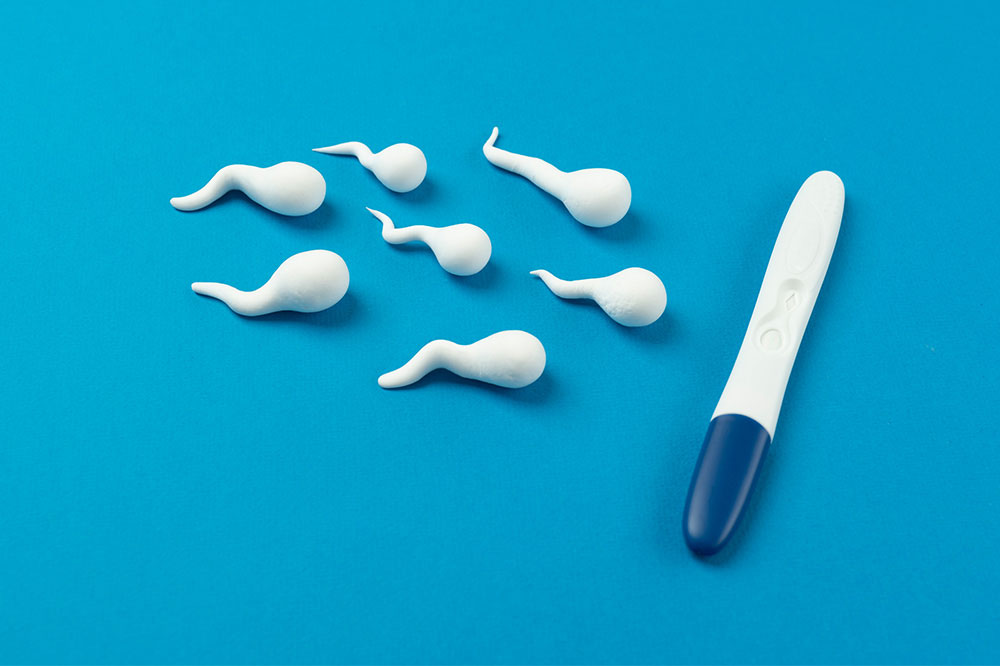Male Fertility: The Unsung Factor in Conception
Changing the outlook
In society, many beliefs exist from time unknown. One such belief in traditional thinking is that when couples face difficulties conceiving, the cause lies in the realm of female fertility. However, that is far from true. Male fertility plays an equally critical role in successful conception, yet it remains under-discussed and, at times, misunderstood. In fact, according to the World Health Organisation, male infertility contributes to nearly 50% of all infertility cases, either alone or in combination with female factors. To successfully and effectively treat difficulties in conception, recognising male fertility as a central part of reproductive health is essential.

Male Fertility: An overview
Let’s understand male fertility. Male fertility primarily depends on the quality and quantity of sperm. Healthy sperm production requires functioning reproductive organs, adequate hormone levels (especially testosterone) and proper genetic material. Sperm must also be motile (able to swim) and morphologically normal (correct shape and size). When any of these factors are compromised, conception becomes more difficult.
Some of the common causes of male infertility are low sperm count, poor sperm motility, abnormal sperm morphology, blockages in the reproductive tract and hormonal imbalances. Sperm health can be compromised due to several external factors such as excessive alcohol consumption, smoking, drug use, obesity, exposure to toxins or radiation, and even frequent use of hot tubs or saunas.
How modern lifestyles affect male fertility
Modern lifestyles are to blame for a number of male fertility issues and are contributing to a global decline in male fertility. Research indicates that sperm counts have declined significantly over the past few decades. This is probably due to stress, sedentary habits, poor diets and environmental pollutants such as endocrine-disrupting chemicals found in plastics and pesticides – all part and parcel of modern lifestyles.
Technology and technological habits may also play a role. Prolonged laptop use on the lap, excessive mobile phone storage near the groin, and long hours of cycling can raise testicular temperature and negatively affect sperm production.
Diagnosis and Treatment
Fortunately, male fertility is treatable and can often be evaluated through a relatively simple semen analysis. This test measures sperm count, motility and morphology. Additional tests may include hormone evaluations, genetic testing, or imaging studies to identify blockages or varicoceles (enlarged veins in the scrotum).
The underlying cause actually determines the course of treatment. Lifestyle modifications are the first line of treatment – such as quitting smoking, reducing alcohol intake, maintaining a healthy weight and improving diet. These can make a substantial difference.
Medical treatments may include hormone therapy or medications to address infections and inflammation. In some cases, surgical interventions are necessary to correct anatomical issues or remove blockages.
Assisted reproductive technologies (ART) such as intrauterine insemination (IUI) or in vitro fertilization (IVF) with intracytoplasmic sperm injection (ICSI) can also offer solutions for couples dealing with male infertility.
The stigma of male infertility and its solution
Although quite common, male infertility does carry a stigma even today. Men are often reluctant to seek help or acknowledge a potential issue due to cultural and emotional barriers. Increasing public awareness, encouraging open conversations and promoting shared responsibility between partners are essential steps toward changing the perspective.
Ultimately, male fertility is a vital and complex factor that deserves equal attention in both medical research and public discourse. Addressing it openly can lead to more effective treatments, healthier relationships, and greater success.